How to Build a CRUD App with Flutter?
In this guide, you'll develop a Flutter application that handles essential CRUD operations—create, read, update, and delete—by leveraging Back4app as your backend service.
We will walk you through setting up a Back4app project, designing a flexible data schema, and integrating your Flutter app with the backend using the Parse SDK for Flutter.
Initially, you will create a new Back4app project named Basic-CRUD-App-Flutter. This project provides a reliable data storage solution for your mobile application. You will then define your data model by creating collections and fields either manually or with the help of Back4app's AI Agent.
Next, you'll use the intuitive Back4app Admin App to manage your data seamlessly. Finally, you will connect your Flutter application to Back4app by using the parse_server_sdk_flutter package, enabling secure and efficient CRUD operations.
By the end of this tutorial, you will have a production-ready Flutter application capable of performing basic CRUD functions along with secure user authentication and data management.
- Build a Flutter app that interacts with a powerful backend.
- Learn to design a scalable backend schema on Back4app.
- Utilize the Back4app Admin App for effortless data management.
- Implement robust security measures including ACLs and user authentication.
Before you start, make sure you have:
- A Flutter development environment. Install Flutter and choose an IDE like Visual Studio Code or Android Studio.
- A basic understanding of Flutter, Dart, and REST APIs. Check out the Flutter documentation if needed.
- Log in to your Back4app account.
- Click the “New App” button on your dashboard.
- Name your project: Basic-CRUD-App-Flutter and follow the prompts to complete the setup.
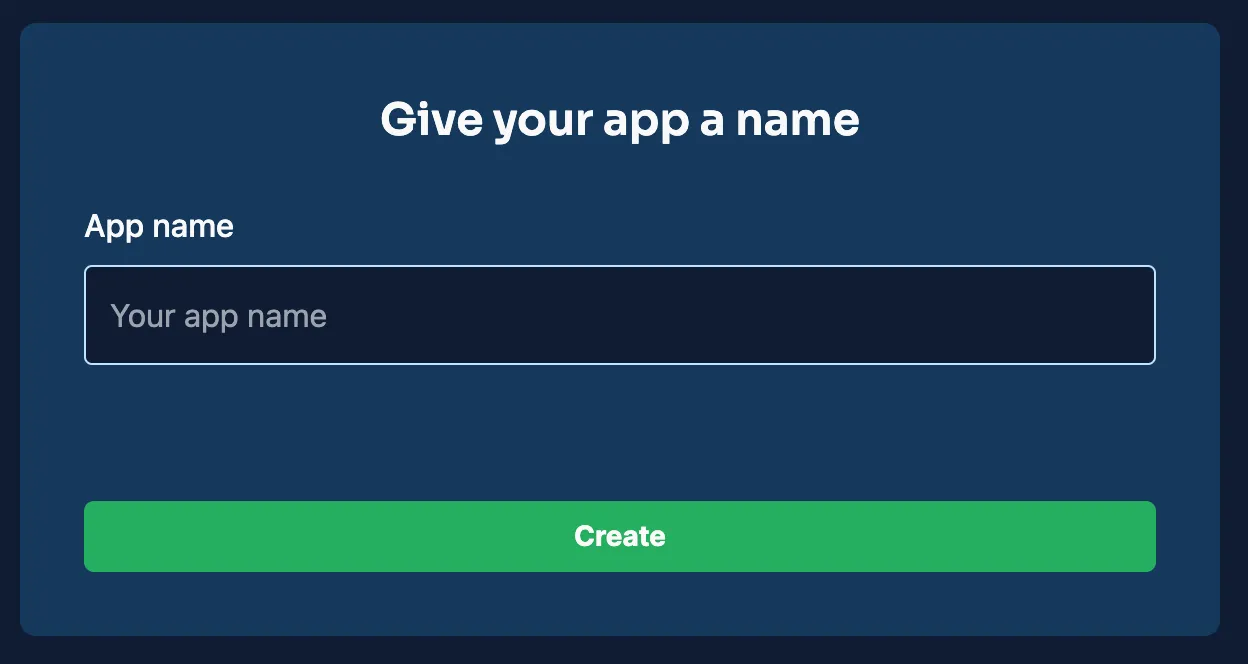
After your project is created, it will appear on your dashboard, ready for backend configuration.
For this Flutter application, you will establish several collections within your Back4app project. Below are examples of the key collections and fields required to support the CRUD functionality.
This collection stores details about individual products.
Field | Type | Description |
|---|---|---|
_id | ObjectId | Automatically assigned unique identifier. |
name | String | The name of the product. |
details | String | A brief description of the product. |
createdAt | Date | Timestamp when the product was added. |
updatedAt | Date | Timestamp when the product was last updated. |
This collection manages user credentials and authentication details.
Field | Type | Description |
|---|---|---|
_id | ObjectId | Auto-generated unique identifier. |
username | String | Unique username for the user. |
String | Unique email address of the user. | |
passwordHash | String | Encrypted password for secure authentication. |
createdAt | Date | Timestamp when the account was created. |
updatedAt | Date | Timestamp when the account was last updated. |
You can create these collections manually in the Back4app dashboard.
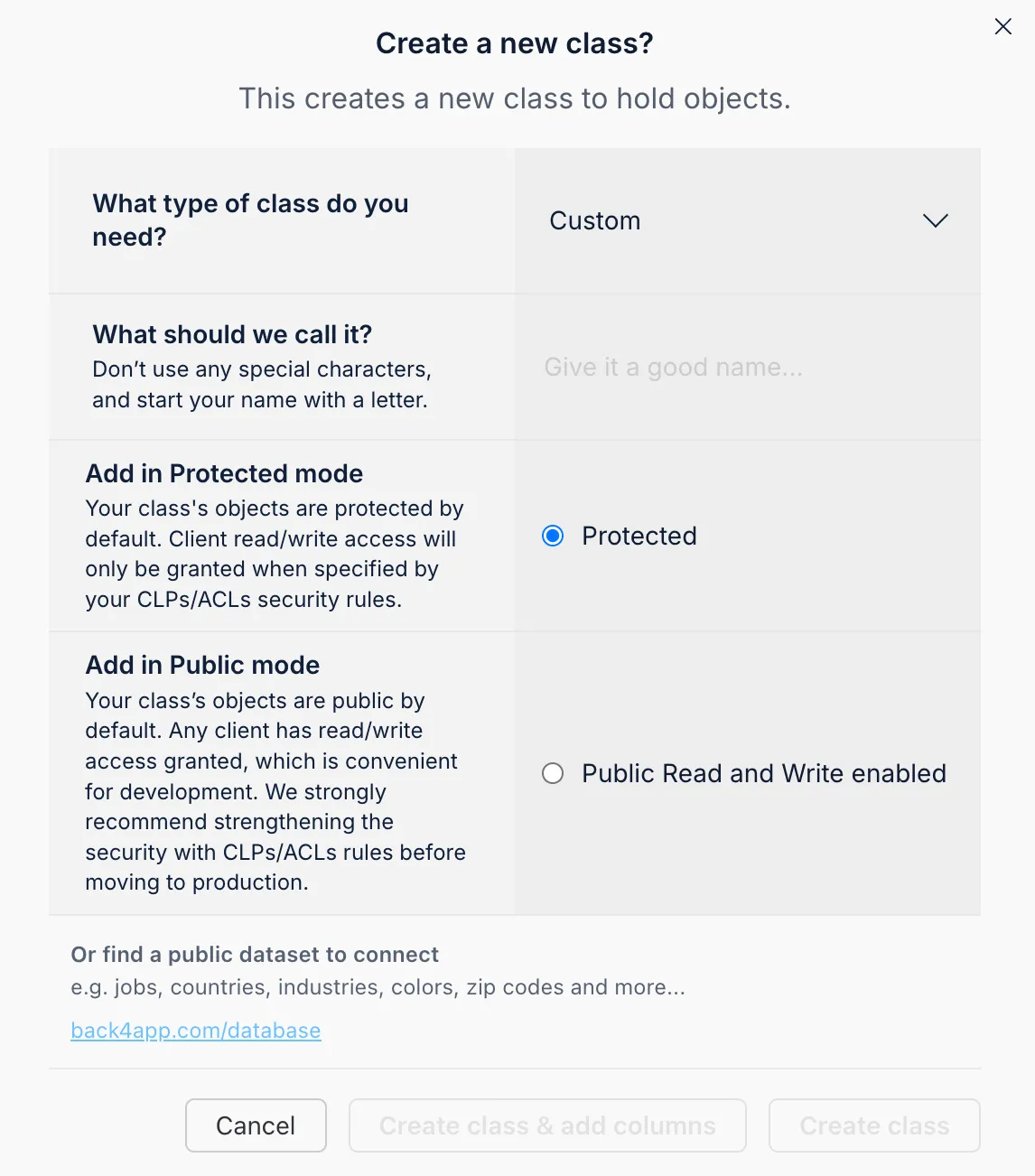
To add fields, simply select the data type, specify the field name, set a default value if necessary, and mark it as required.
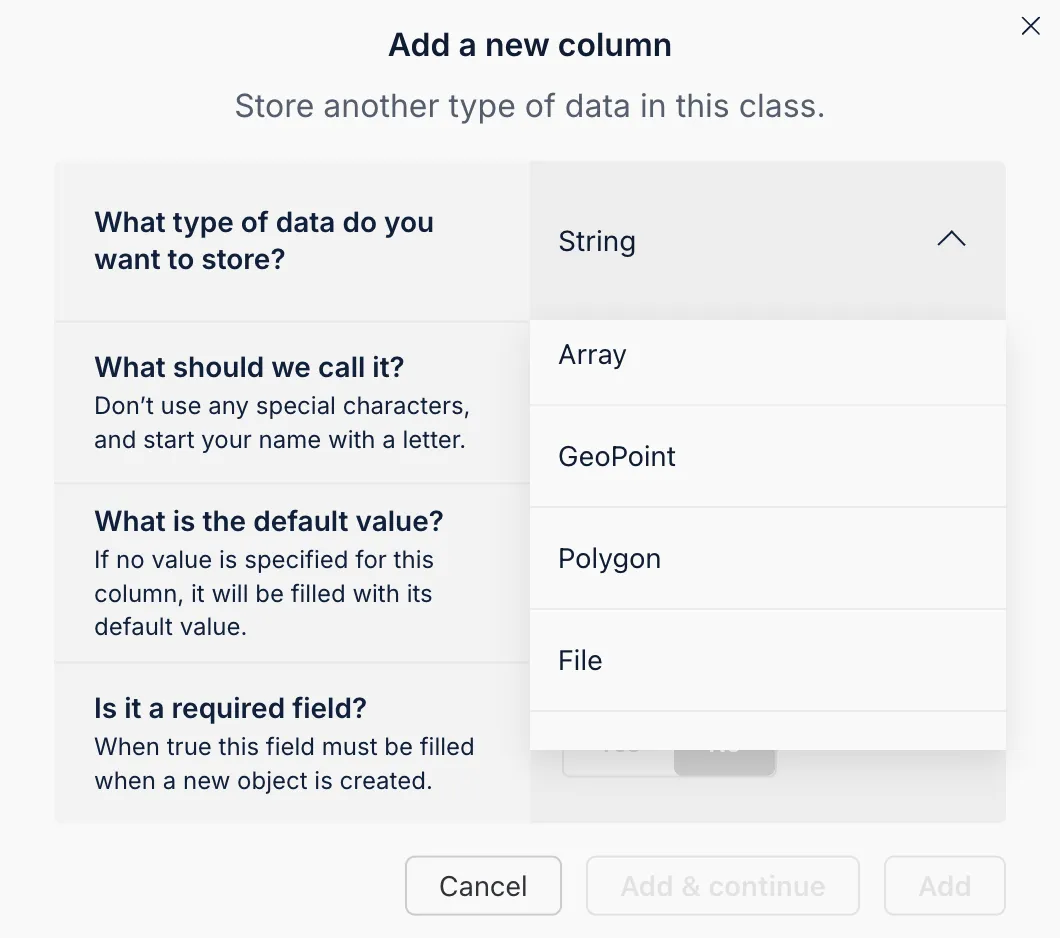
The integrated AI Agent in Back4app can automatically generate your data schema based on your description, streamlining the setup process.
- Access the AI Agent: Open your Back4app dashboard and locate the AI Agent in your project settings.
- Describe Your Schema: Provide a detailed prompt outlining the collections and fields you need.
- Review and Confirm: Once the AI Agent processes your input, review the proposed schema and confirm to apply it.
This approach saves time and ensures that your data schema is both consistent and optimized.
The Back4app Admin App offers a no-code interface for managing your backend data. Its drag-and-drop functionality allows you to effortlessly perform CRUD operations such as creating, reading, updating, and deleting records.
- Navigate to the “More” menu in your Back4app dashboard.
- Select “Admin App” and then click “Enable Admin App.”
- Set up your admin credentials by creating an initial administrator account, which will also configure roles like B4aAdminUser.
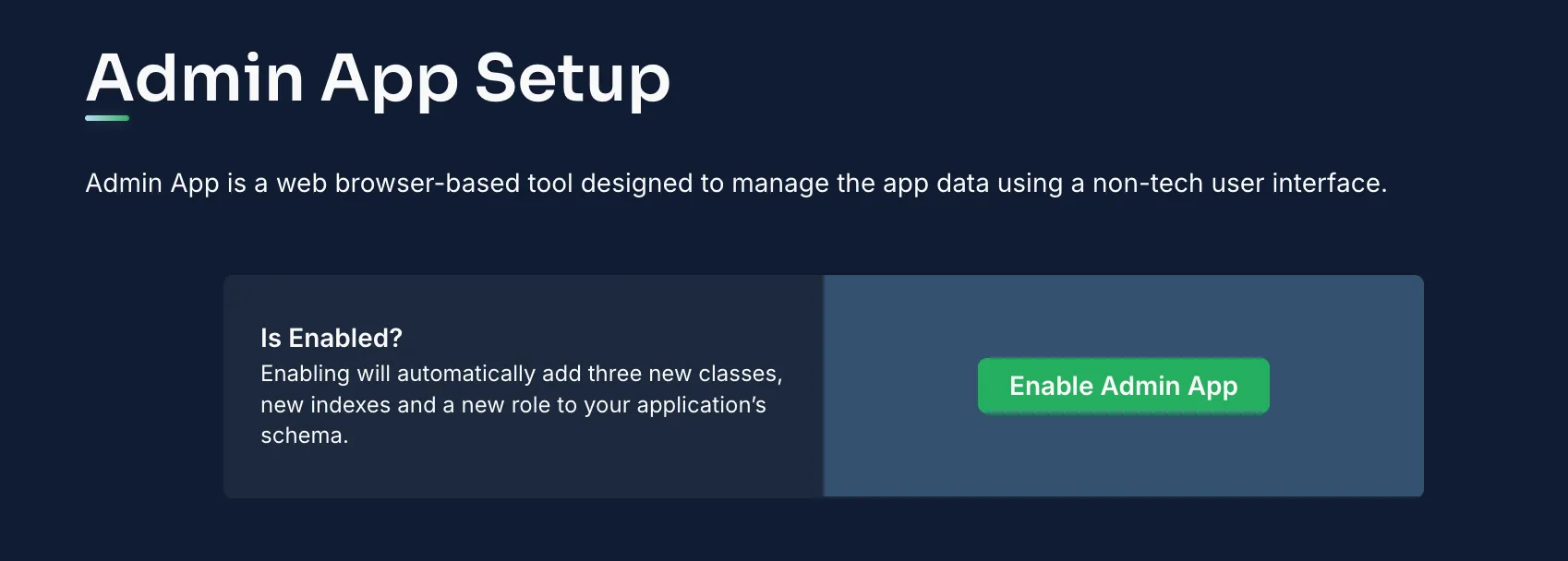
After enabling, log in to the Admin App to manage your application data.
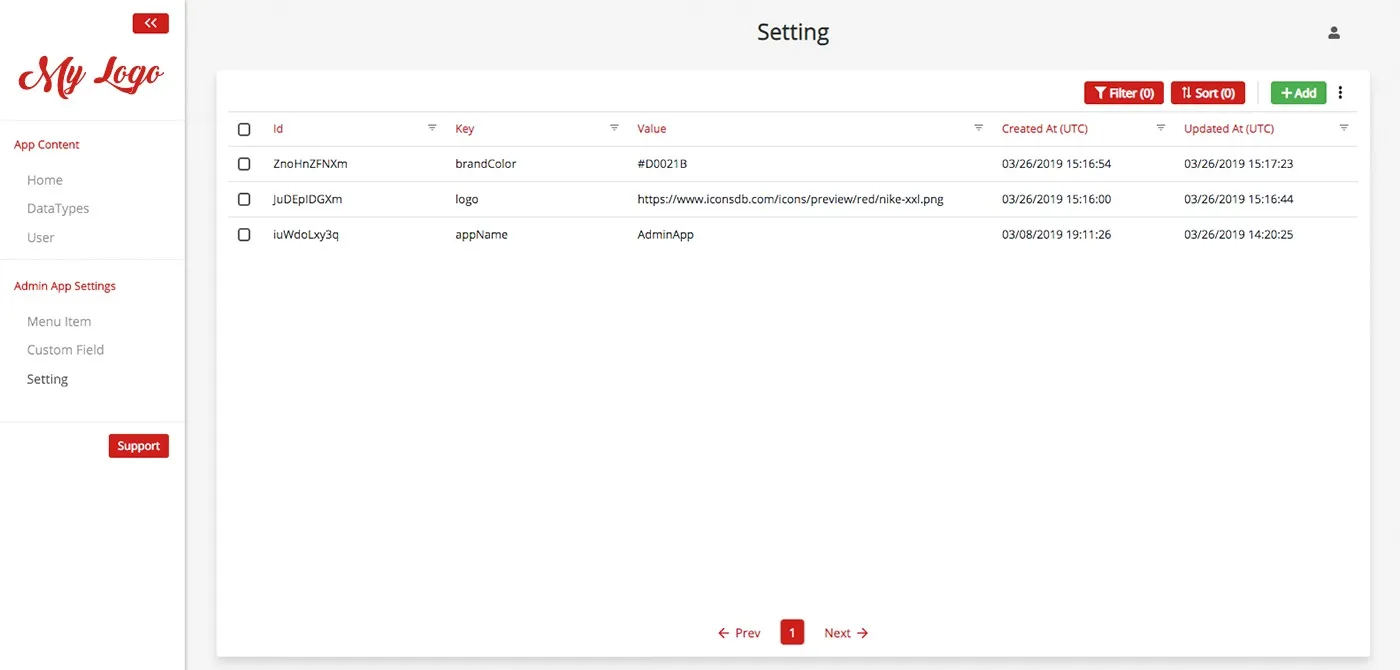
Within the Admin App, you can:
- Create Entries: Use the “Add Record” option in a collection (e.g., Products) to insert new data.
- View and Edit Entries: Click on a record to inspect details or update fields.
- Delete Entries: Remove records that are no longer needed.
This user-friendly interface simplifies the process of managing your backend data.
With your backend configured, it's time to integrate your Flutter application with Back4app.
- Add the Dependency: Open your pubspec.yaml and include the parse_server_sdk_flutter package:
- Initialize Parse in Your App: In your main.dart, initialize Parse with your Back4app credentials:
- Implementing CRUD Operations: Create a Dart file (e.g., product_service.dart) to handle your CRUD actions:
This service file enables your Flutter UI to interact smoothly with your Back4app backend.
If you choose not to use the Parse SDK, you can make REST calls using packages like http. However, the Parse SDK is recommended for a more integrated experience.
To protect your data, configure ACLs for your objects. For example, create a product that is visible only to its creator:
In your Back4app dashboard, configure CLPs to enforce default security rules, ensuring that only authenticated users can access or modify specific collections.
Back4app utilizes the Parse User class for handling authentication. In your Flutter app, implement user registration and login as follows:
This setup covers user registration, login, and additional authentication management for your Flutter application.
Congratulations! You have successfully built a Flutter-based CRUD application integrated with Back4app.
In this tutorial, you created a project named Basic-CRUD-App-Flutter, defined collections for Products and Users, and managed your backend using the Admin App.
Additionally, you connected your Flutter app with Back4app using the parse_server_sdk_flutter package while implementing robust security and user authentication.
Next Steps:
- Expand Your App: Add features like advanced search, detailed views, or real-time updates.
- Enhance Backend Functionality: Explore cloud functions, third-party API integrations, or more granular role-based access controls.
- Continue Learning: Review the Back4app documentation and additional tutorials to further optimize your application.
Happy coding and best wishes on your Flutter development journey!
